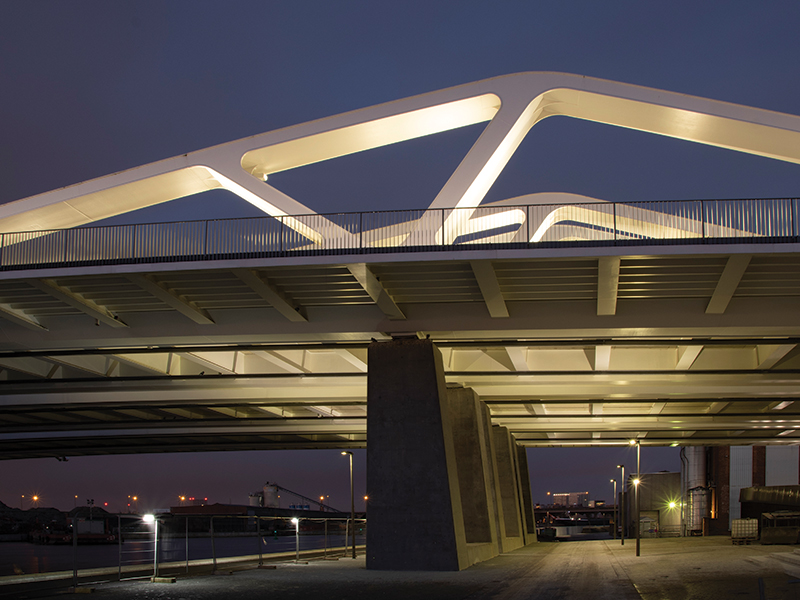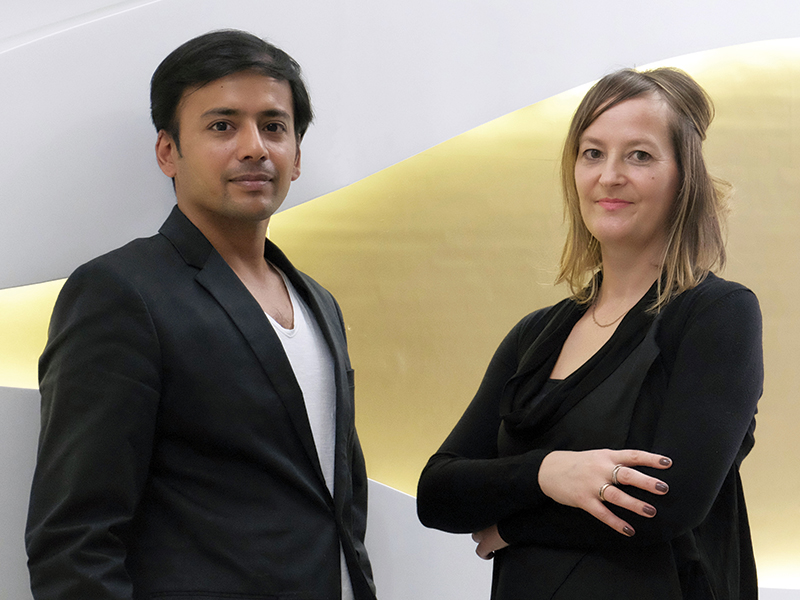
Ar. Tripat Girdhar
After several months of lockdown, significantly reduced air traffic, and halted construction sites, carbon emissions for the previous year were down 5.5 percent from 2019 (according to the Carbon Monitor Organization). This not only shows how the pandemic's impact on climate change was exaggerated, but it also paints a very different image of the scale and effort required to reduce carbon emissions.
Climate disruption continued unabated as the pandemic progressed. Extreme weather events dominated the year 2020 - from disastrous bushfires in Australia to floods in Asia and the United States, and severe droughts in South America, all of which were caused by climate change.
Every day, we are reminded that we are living in unusual and challenging times by contradictory news. However, there is some good news: city emissions are decreasing, and nature is returning to its natural state. But how long can this go on?
People have more and more expectations for comforts such as indoor temperature, humidity, and wind speed, as technology advances, and they are paying greater attention to indoor air quality with monitoring systems.
Architecture has long been praised for its ability to shape communities, towns, and countries. Architects are known for showcasing their creativity and leadership skills, with their multi-faceted approach to solving complicated challenges. It is now time for architects to play their most important role. After the coronavirus drama has played out, it will be time for architecture to restore both the social and environmental fabric of our cities.
Architects must plan their projects to be sustainable, which means they must be built, renovated, managed, or repurposed in an environmentally and resource-efficient manner with enhanced indoor air quality. Prospects of recycling and ease of demolition should be considered during the design phase because it improves the construction industry's sustainability. More wastage means fresh resources for future structures but recycling demolition waste causes less air pollution.
The materials for a low-energy housing should be utilised since they reduce energy consumption and solar heat. A well-designed structure may cut the amount of heat lost through the building exterior in half and reduce pollution from energy generation. Natural ventilation is also important.
We have to stretch the frontiers of current architecture and reinvent how we approach design in a sustainable, energy-efficient direction. This would involve recovering traditional principles and implementing them into the contemporary setting. Conscientious design, which builds with emotion rather than just concrete, will go a long way toward restoring our cities.
The author is Principal Architect of The Design Studio and a Socio-Environment Specialist.









